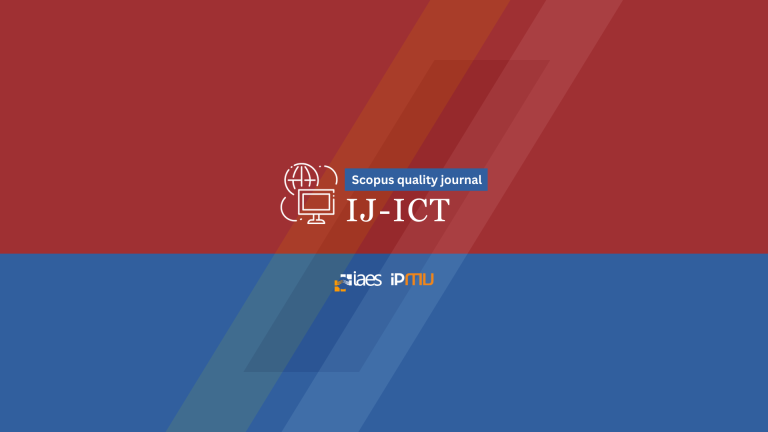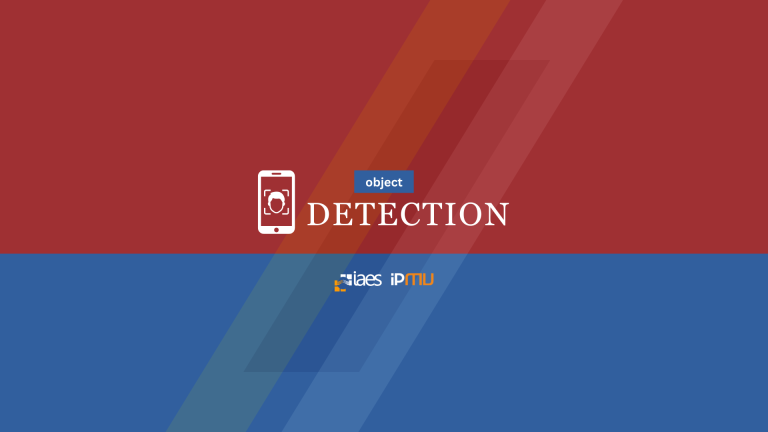Salam, rekan Nawala! Semoga kalian selalu dalam keadaan sehat.
Ini adalah IAES Nawala dari Institute of Advanced Engineering and Science. Hari ini kami akan berbagi kabar mengenai neural network. Neural networks (NN) adalah model komputasi yang dibuat dengan meniru struktur dan fungsi otak manusia sebagai model. NN terdiri dari node yang saling berhubungan (artificial neuron) yang memproses data dan belajar melalui experience dari data tersebut. NN memungkinkan untuk mempelajari hubungan yang rumit di dalam data, sehingga prediksi atau klasifikasi menjadi semakin akurat. Rajendran dan Ganapathy (2022) melakukan penelitian mengenai NN dan mengusulkan penggunaan algoritma machine learning untuk mendeteksi kejang. Hasil dari penelitian yang mereka lakukan menunjukkan bahwa penggunaan artificial neural network (ANN) dapat mencapai akurasi 96%. Berdasarkan hasil tersebut dapat disimpukan bahwa ANN menunjukkan akurasi dan sensitivitas yang memuaskan untuk mendeteksi kejang.
Neural network based seizure detection system using statistical package analysis
Priyanka Rajendran, Kirupa Ganapathy
Due to the unpredictable interruptions within the functions of the human brain, disturbance occurs and it affects the behavior of the human and is equally laid low with the frequent occurrence termed as seizures. Therefore, the proposed system detects the seizure using machine learning algorithms. The electroencephalogram (EEG) contains information of the brain to detect the seizure. The objective is to evaluate the performance of machine learning classifiers K-nearest neighbors (KNN), artificial neural network (ANN), support vector machine (SVM) and principal component analysis (PCA) by comparing the accuracy of the classifier. This work uses total of 11,500 EEG samples from the UCI machine learning repository. The seizure detection was done in two ways. First method, features extracted from the EEG signal and classification techniques are done to classify the seizure. The second method uses the principal component analysis algorithm to improve the significant selections of features from the dataset. The outcomes are analyzed using the statistical package for the social science (SPSS) tools. ANN with extracted functions achieved 96% of accuracy and significant efficiency of (p less than 0.05) in comparison with different machine learning classifiers. It would be prudent to conclude that the ANN demonstrated the best accuracy, sensitivity, and specificity.
Selain penggunaan algoritma ANN, model NN juga memiliki algoritma convolution neural network (CNN). Nafi’iyah dan Yuniarti (2022) menggunakan algoritma CNN untuk mengklasifikasikan kanker kulit, apakah itu tergolong kanker jinak atau ganas. Model pertama dengan akurasi 93% digunakan dalam pembuatan aplikasi berbasis web menggunakan framework Django. Akurasi yang didapatkan termasuk tinggi untuk mengidentifikasi kanker kulit.
A convolutional neural network for skin cancer classification
Nur Nafi’iyah, Anny Yuniarti
Skin diseases can be seen clearly by oneself and others. Although this disease is visible on the skin, sometimes we worry if this skin disease is not mild. Some people experience skin diseases directly and quickly go to a dermatologist to have their complaints and symptoms checked. This skin protects the body, especially from the sun, so it can lead to death if something goes wrong. One example of a skin disease that can be deadly is skin cancer or skin tumors. In this research, we classified skin cancer into Benign and Malignant using the convolution neural network (CNN) algorithm. The purpose of this research is to develop the CNN architecture to help identify skin diseases. We used a dataset of 3,297 skin cancer images which are publicly available on the Kaggle website. We propose two CNN architectures that differ in the number of parameters. The first architecture has 6,427,745 parameters, and the second architecture has 2,797,665. With both architectures, the accuracy of the first model is 93%, and the second model is 74%. The first model with the number of parameters 6,427,745 We save for use in the creation of the website. We created a web-based application with the Django framework for skin disease identification.
Shiddiq dkk. (2024) mengimplementasikan NN di bidang pertanian. Penelitian mereka menunjukkan bahwa penggabungan antara pencitraan hiperspektral dan ANN dapat secara akurat memprediksi kematangan tandan buah kelapa sawit. Metode ini menunjukkan potensi yang besar untuk diaplikasikan dalam industry pertanian, terutama kelapa sawit.
Neural network with k-fold cross validation for oil palm fruit ripeness prediction
Minarni Shiddiq, Feri Candra, Barri Anand, Mohammad Fisal Rabin
The combination of hyperspectral imaging and artificial neural network (ANN) can predict fruit ripeness. This work investigated the application of hyperspectral imaging and ANN models with the k-fold cross-validation method for ripeness prediction of oil palm fresh fruit bunches (FFB) for inline sorting and grading machine vision. Crude palm oil (CPO) is an exporting commodity for countries such as Indonesia and Malaysia. Oil palm FFB ripeness determines the quality of CPO. The unique shapes and colors of FFBs need innovative methods to substitute tedious and cumbersome manual sorting and grading. The oil palm FFB samples used in this study were categorized previously based on color and loosed fruits. We applied the Savitzky-Golay (SG) smoothing filter and 7-fold cross-validation for hyperspectral datasets before being used for the ANN models and a confusion matrix to find the ANN model accuracies. We obtained 72 data points after SG filter and data selection from 523 data points. The prediction results showed an average accuracy of 79.48%, in which three folds with k of 2, 5, and 7 gave the highest accuracy of 90%. The results confirmed the potential use of hyperspectral imaging, with k-fold cross-validation and ANN models for ripeness prediction of oil palm FFBs.
Beberapa artikel di atas merupakan bagian kecil dari penelitian mengenai perkembangan dan peran neural networks. Untuk mendapatkan informasi lebih lanjut, pembaca dapat mengunjungi laman dan membaca artikel secara GRATIS melalui tautan-tautan berikut: https://www.beei.org/, http://telkomnika.uad.ac.id/, dan https://ijict.iaescore.com/.
Redaksi: I. Busthomi



